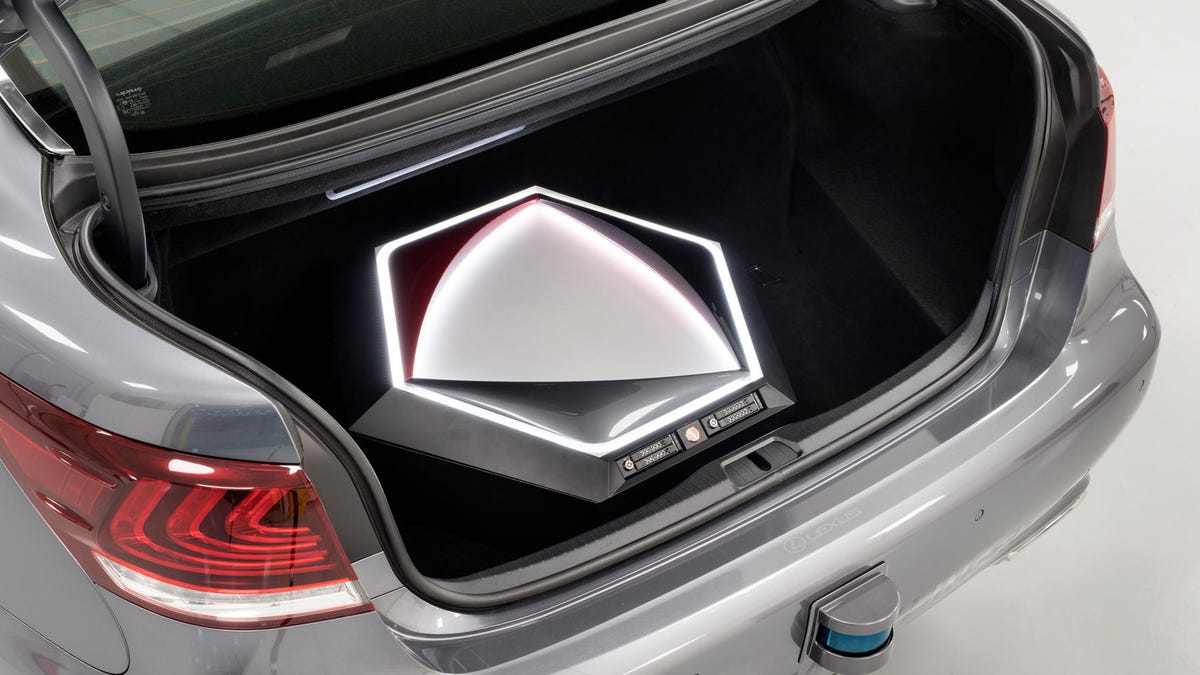Toyota will bring its latest self-driving platform to CES 2018
It doesn't look all that different than the old one, but looks can be deceiving.

Toyota's been hard at work developing an autonomous driving system, but the company hasn't been too crazy about publicizing its efforts. That said, it's bringing a vastly improved version of its test rig to CES this year.
Toyota -- or, more specifically, Toyota Research Institute (TRI) -- will debut the third iteration of its autonomous research vehicle at CES 2018 in Las Vegas. It's still built atop a last-generation Lexus LS 600hL hybrid luxury sedan, and while it may not look all that different, there are some key changes scattered about.
It's a wonder what some smaller sensor footprints and a new coat of paint will do for a car's marketability.
Hardware-wise, TRI's Platform 3.0 boasts a more powerful Luminar lidar array. Whereas Platform 2.0's lidar only looked ahead, it now scans around the entirety of the vehicle at distances up to 200 meters. There are additional, short-range lidar sensors on all sides of the car, as well, which focus on smaller-picture items like road debris and nearby pedestrians.
Platform 3.0 also places an increased importance on design as the system moves closer to the real world. In addition to removing its very meh white paint, Toyota spent a lot of time repackaging sensors to hide as much of the hardware under body panels. The result is a much smoother look on all four sides, and the top-mounted sensor array now more closely resembles a Thule roof box than it does a series of lidar emitters and cameras. Hell, Toyota even redesigned the trunk, tucking masses of wires under panels and into a neat little box sitting squarely in the middle of the boot.
Both the hardware and aesthetic changes were made with one goal in mind -- production. TRI will get Platform 3.0 into production this spring. Production volume will stay low, so that the team can add new sensors or other hardware as technology advances. Some will sport the dual-cockpit design that's used to test TRI's two distinct autonomous driving modes.
The first mode, Chauffeur, is for those who prefer to be driven, with the car's systems assuming primary control of the vehicle. The second mode, Guardian, acts more like a babysitter, overseeing a human driver until intervention is absolutely necessary to prevent calamity. Unlike other automakers that seem intent to move control entirely to the onboard system, it's nice to see Toyota recognizing that some people will still want to, you know, drive a car in the future.

